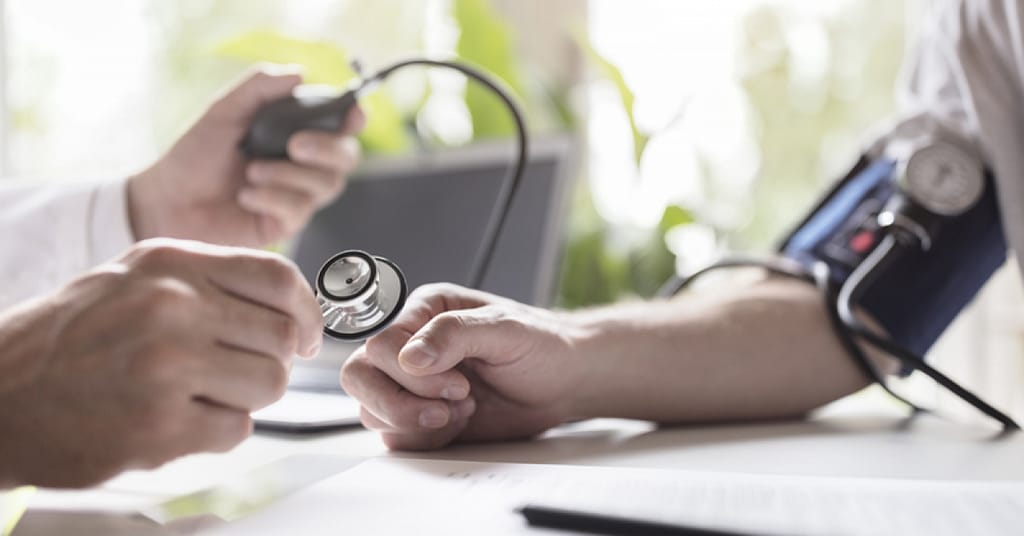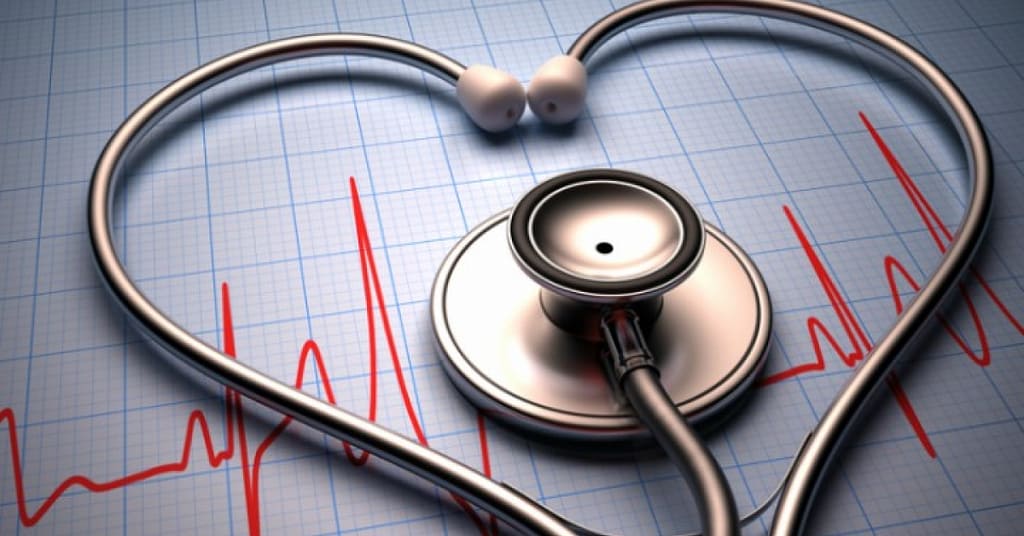(Carrick Pharmacy News) In recent years, awareness of high blood pressure and how to treat and control it decreased among Americans, a new study found. Because awareness is key to blood pressure management, that could spell bad news for public health.
That’s why the authors of this study, published in JAMA, said it’s important to reverse the downward trend in blood pressure awareness and return to the upward trend the US had seen over the 15 previous years.
“Reversing this decline is important because we don’t want to lose public health achievements built over prior decades,” said study author Dr. Lawrence Fine, of the National Heart, Lung, and Blood Institute, in a press release. “It is a challenge for the scientific community to investigate the causes of this unexpected downward trend, but developing more effective strategies to reverse and substantially improve blood pressure control is critical for the health of many Americans.”
The authors looked at data from the last 20 years which included more than 18,000 Americans with high blood pressure.
Between 1999 and 2000, 70 percent of participants were aware that they had high blood pressure. By the year 2013-2014, that number had risen to 85 percent.
But by 2017-2018, the number of participants who were aware that they had high blood pressure had dropped sharply to 77 percent.
The study authors said that educational efforts and removing barriers between patients and high blood pressure medications were strategies that could combat this issue.
Want to learn more about blood pressure? Keep reading.
Blood Pressure: What You Need to Know
Blood pressure is the force of blood pushing against the walls of your arteries as the heart pumps blood to other parts of your body. If blood pressure stays high for a long time, it can damage your heart and lead to stroke and heart disease. High blood pressure is often called the silent killer because there are no obvious symptoms.
Blood pressure is measured using two numbers. The first number, called systolic blood pressure, is the pressure when your heart beats. The second number, called diastolic blood pressure, is the pressure when your heart rests between beats. If the measurement reads 120 systolic and 80 diastolic, you would say “120 over 80” or write “120/80 mmHg.”
Blood pressure goals are based on whether you have certain health conditions, such as diabetes or chronic kidney disease. Your health care provider will determine what your blood pressure goals are.
People with blood pressure readings greater than 130 (systolic) or greater than 80 (diastolic) are classified as having hypertension (high blood pressure), according to the American Heart Association.
A blood pressure below 120 over 80 continues to be considered normal.
Tips for Managing High Blood Pressure
Check out the following tips for keeping your blood pressure in check:
- Monitor your blood pressure twice a day. Be sure to take your machine to your pharmacy or doctor’s office to have your health care provider make sure you have the correct cuff size and that you are using the machine correctly. It is important to measure your blood pressure at the same time each day.
- Eat healthy foods and consider adopting a diet that emphasizes fruits, vegetables, whole grains, poultry, fish, and low-fat dairy foods and avoids saturated and trans fats.
- Decrease the amount of salt in your diet. Limit your intake of sodium (salt) to no more than 1,500 mg per day.
- Lose weight. Even losing five to 10 pounds can help reduce your blood pressure.
- Exercise regularly. Aim for least 150 minutes per week of moderate-intensity physical activity. You can break it down into 30 minutes a day on at least five days a week.
- Limit your alcohol intake.
- Stop smoking.
- Manage your stress.
Always talk to your health care provider before making any major changes to your diet or exercise habits. And ask your health care provider about the best ways to manage your blood pressure.



